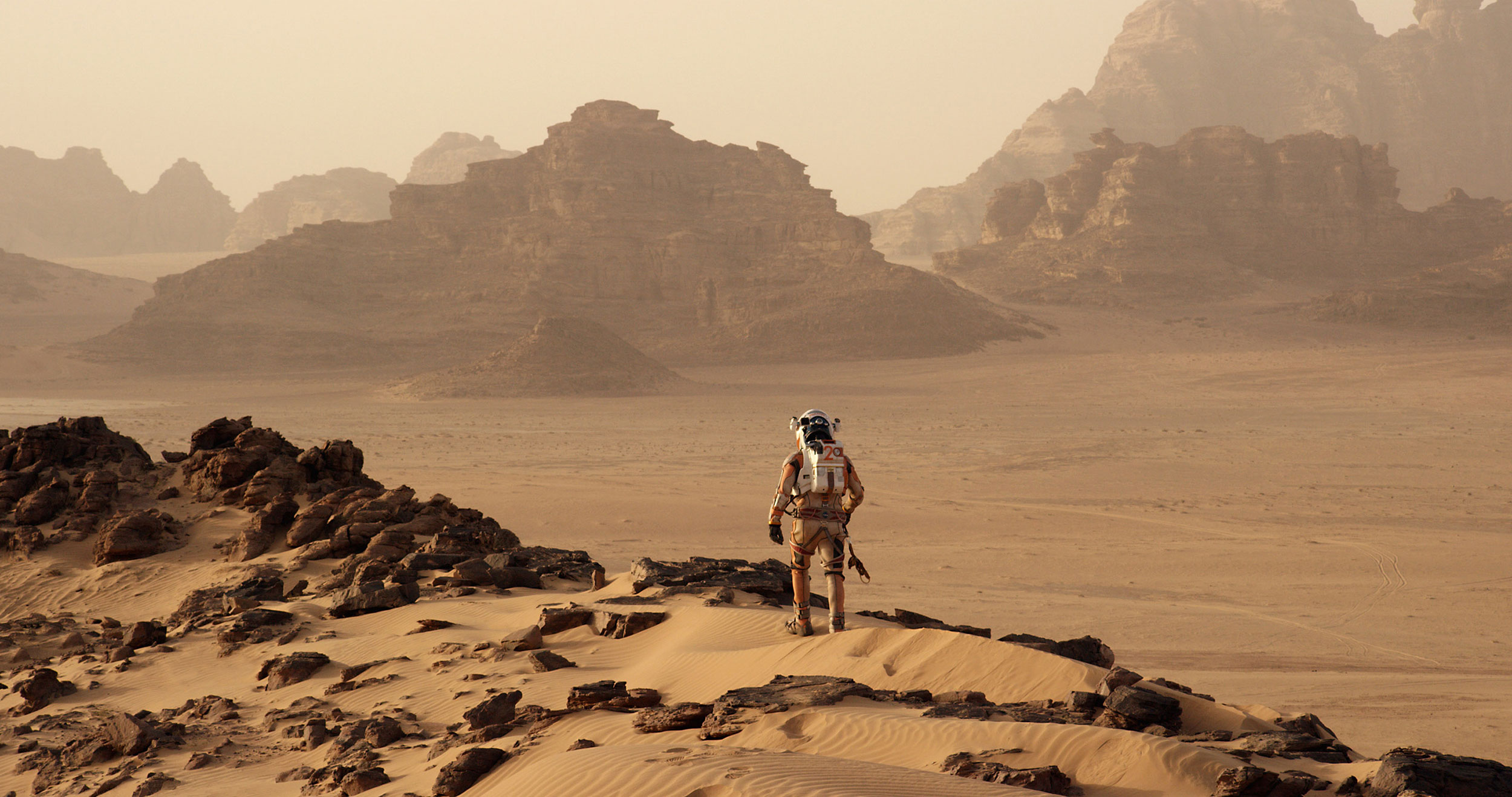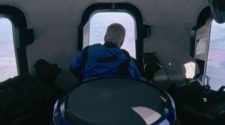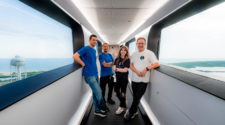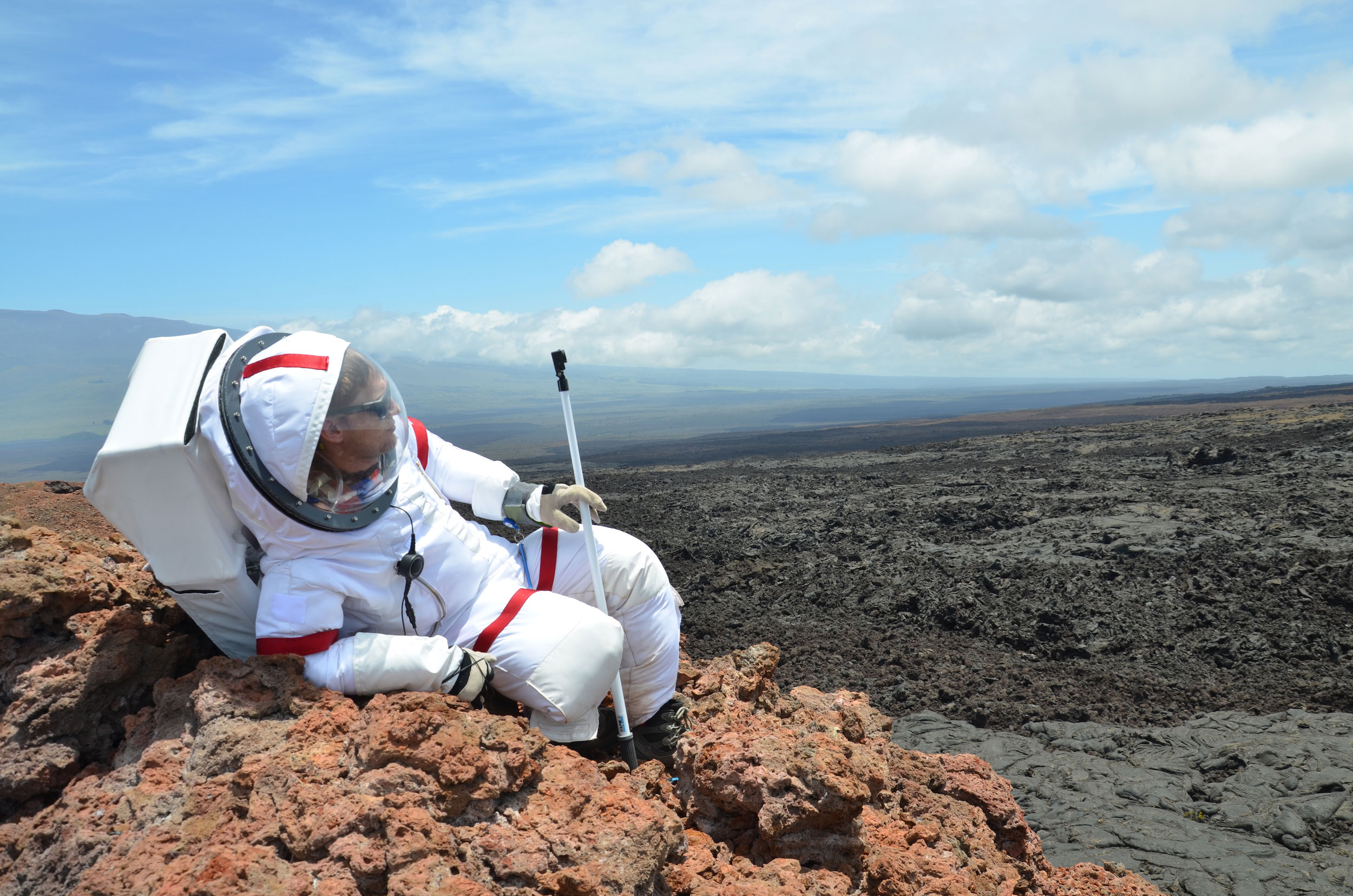
I’ve never been stuck on Mars, or any other planets save for this one. But I have had a chance to simulate what life would be like to live on Mars during a long-duration analog simulation. Like fictional astronaut Mark Watney in Andy Weir’s “The Martian”, participants in analog simulations often find themselves having to “science” their way out of trouble.
One of the strengths of “The Martian” is its adherence to the science in the story. The various trials faced by the character narrator are all grounded by solutions he must innovate in order to stay alive on the surface of Mars.
During the novel, the main character is mistakenly abandoned following an emergency, leaving him stranded and alone on Mars as the rest of the launches for a return to Earth. Faced with every danger an astronaut can experience and armed only with his wit, he remains and survives by engineering solutions to enable living on a inhospitable world.
There are several ongoing studies that are attempting to replicate the challenges of living on Mars right here on Earth. NASA and non-profit space advocacy groups such as The Mars Society have employed analog simulations where researchers can mimic aspects of future human missions to Mars. These programs are essential for helping to discover the solutions to the problems future explorers will face.
In 2014, I led a team of scientists, engineers, and doctors as the second crew to live in the University of Hawaii’s Hawaii Space Exploration and Analog Simulation (HI-SEAS), habitat module during a 4 month mission. HI-SEAS employs a mock habitat module equipped to serve as laboratory for studying human factors of future astronauts for NASA’s Human Research Program. My crew and I occupied this structure, exiting only to conduct simulated EVAs wearing analog trainer spacesuits for not less than 120 days. Like any scientific field expedition, we faced numerous obstacles – many similar to those featured in “The Martian”.
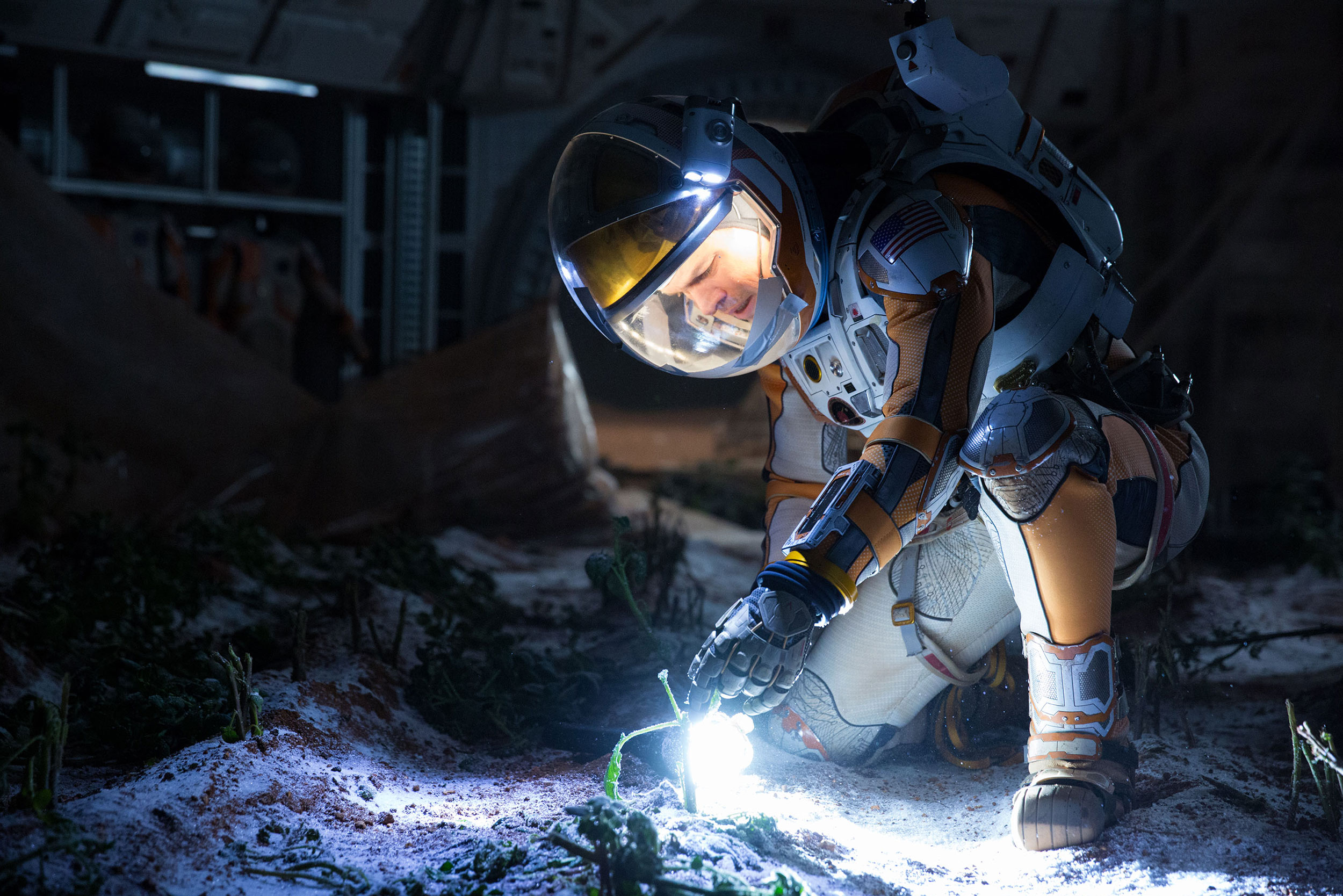
A principle dilemma Watney must overcome is the need to eat. With no alternatives, he must devise a way to grow plants he can consume (in this case, potatoes, and only potatoes!). Thankfully for my crew and I, we were supplied with more than adequate stocks of freeze-dried foods to eat during our simulation. But one of the experiments that we conducted was growing vegetables in our habitat module. Two separate methods were tested: one was greenhouse like device that stimulated photosynthesis using artificial wavelengths of light (a precursor to the VEGGIES experiment now operating on the International Space Station), and the other was a crew-designed, self-contained assembly of pipes that serves as trays to grow the vegetables in by cycling water through to sustain the plants. Both methods produced several varieties of edible vegetables, confirming for researchers that future astronauts will be able to grow foods to supplement their diet on long-duration missions.
In Weir’s story, the reluctant protagonist utilizes every available resource he can find – including a historic rover – to find tools and materials to communicate with NASA mission control on Earth. Unlike Watney, my crew and I didn’t have access to any long-dormant Mars rovers in which to cannibalize for parts. However, we did experience critical failures of the communications systems, and similarly were forced to develop creative solutions in order to reach back to our mission support team “on Earth”.
In order to introduce a greater level of fidelity to the simulated mission, NASA designed a time delay in the HI-SEAS communication, just as real astronauts would experience on Mars. Being on an average of 35 million miles from Earth, even radio signals, traveling at the speed of light take 20 plus minutes to reach the fourth planet. Our internet connectivity to the network of mission support volunteers who played the role of flight directors included a 20 minute delay for the message to arrive at its destination, and 20 more minutes to return with a reply. This could be frustrating at times, but is realistic considering the need for autonomy on the surface of Mars. (The time delay is just once difficulty Mark Watney faces in communicating with NASA in the story.)
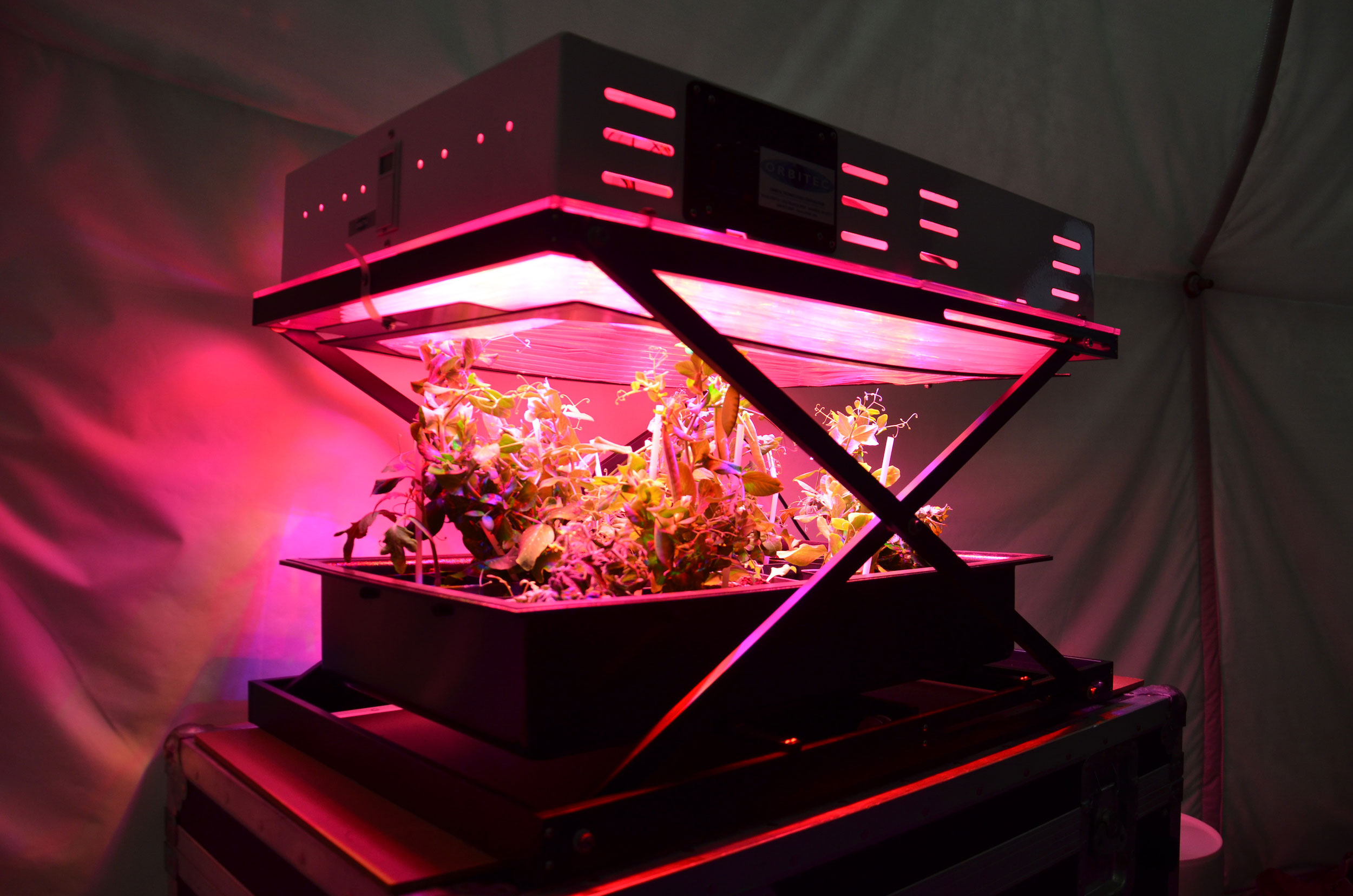
Because the HI-SEAS habitat site was especially remote, my crew and I learned to be especially resourceful given the delay in communication and distance from any support. That mindset helped to prepare us for inevitable issues we would face during the simulation. One of the first was a complete failure of our internet and communications links, already tenuous because our physical location high on the slopes of Mauna Loa. For several days, we operated the mission without the guidance of mission support, not even the ability to downlink our “telemetry”. The crew and I continued to live, work, and thrive, all the while searching for alternative methods to send a message to “Earth” without breaking the simulation parameters. Like Mark Watney, we “scienced” a way of delivering a passive note, hoping mission support personnel would see and realize we were safe and the mission was otherwise nominal.
The aspect of Watney’s odyssey that stood out to me the most was his determination to survive using whatever was necessary, without succumbing to hopelessness. Now, at no point in time during my experience simulating life on Mars was I in danger of dying, but my crew and I did encounter events that threatened the continuation of the mission (particularly our ability to remain “in-sim”, and thereby preserving the data NASA hoped to gather from our experiments).
We were luckier than Weir’s castaway astronaut; we never had to contend with explosive decompression, fire, or food shortages. But in the four months we lived on “Mars”, numerous incidents that would be trivial in our daily lives on Earth become much more significant living in the HI-SEAS habitat module. Our most trying dilemma occurred when we lost our power source. On Earth, losing electricity is more often than not just an annoyance. For astronauts on Mars, losing power means a slow and agonizing death. Through the peerless talents of one of our crew, a jury-rigged battery device was constructed and used to “jump-start” the relay to regain power from our hydrogen fuel cell power source. (The tense moment can be read about here in the blog of Dr. Ross Lockwood.)
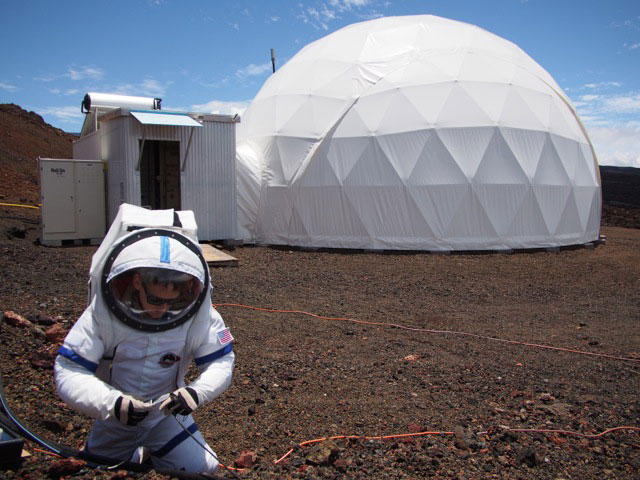
Another incident that my crew and I were forced to remedy was a great big pile of….human waste. In “The Martian”, Mark Watney, in need of food, uses the floor of his habitat module to grow potatoes (lots of potatoes). Conveniently for him, there exists a plentiful fertilizer source for his crops. Unfortunately for him, his source just happens to be his own gastrointentestonal system. Constructing and caring for a closed-loop life-support system becomes one of the themes of the story. Now, in the case of HI-SEAS, we weren’t short on food. But at one point we developed an excess in…fertilizer.
“How did you go to the bathroom?” was one of the most-asked questions my crew and I received from grade school age children from around the world. With internal plumbing toilets being far too wasteful, the HI-SEAS hab featured two “dry” compost toilets for the crew. Seeded with carefully maintained cultures of bacteria, the little critters would consume the -ahem- matter, with a negative pressure maintained by a fan system that would draw the gaseous byproduct away from the hab. Neat system, right? A symbiotic relationship in space. Of course, there is a catch: that happy little culture of bacteria only carried out their duties IF the temperature in the toilet was perfect, heated by electricity. Remember the story about the power loss above? That chain of events led to a messy situation!
Unlike Watney, my crew was certainly not going to be spreading a mass of human waste across our habitat module. Although it wasn’t certain it was a result of the power loss, something caused the bacteria cultures in one of our toilets to give up, and when they stopped consuming the waste, the mass of material began to GROW. On top of that, now altered mass developed new lifeforms that may have otherwise been dormant because of the carefully maintained environment. We now had a problem. This potentially could have led to the mission being prematurely canceled. Had any of our crew become sick or infected from exposure, or we lost the other toilet due to overuse, we would certainly have had to “break sim” to save the mission.
The solution was simple – remove the mass of waste, and restart a new culture of bacteria. In practice, this was much, much more challenging! Two crewmembers would wear homemade bio hazard suits using materials we had in the hab (and lots of duct tape), remove the waste, and seal it in bags. This was not only to prevent the hab from being exposed to the waste, but to simulate, as much as possible, the need for planetary protection. It wouldn’t do any good for future Mars astronauts, while searching for signs of ancient Martian life, to accidently release millions of microbes onto the surface!
Hours of disgusting labor were spent by the two brave crew who gathered the waste and bagged it. Another crewmember and I suited up in the mock spacesuits and prepared to haul the waste away from the hab after it was moved to the airlock. We sacrificed several storage boxes from our limited supply and sealed them with the bagged waste. Once ready, we carried the containers to a site far from the habitat module- not unlike the Radioisotope-Thermoelectric Generator (RTG) the crew buried away from their hab in “The Martian”. Each container weighed over 100 pounds – which was something we couldn’t reduce, because our simulation couldn’t replicate Martian gravity!
Although there is much that an analog simulation of living on Mars can’t reproduce exactly, I was surprised how many parallels there were from my experience in the HI-SEAS mission to that of Mark Watney in “The Martian”. I highly recommend you find yourself a copy of that book and get prepared for the upcoming film adaption. After all, don’t you want to experience the challenges of living on Mars too?
